Description
The Saint-Soleil Movement began in 1973, under the direction of the artist TIGA (Jean Claude Garoute). TIGA provided art supplies for the self-taught artists, many of whom were peasants living in an isolated community in the mountains above Port-au-Prince.


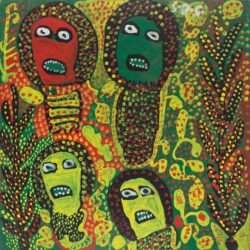
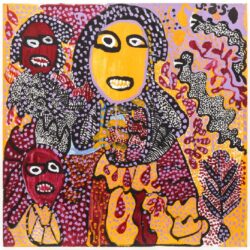
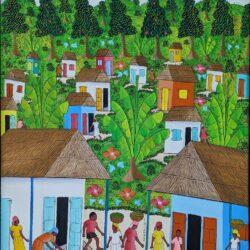
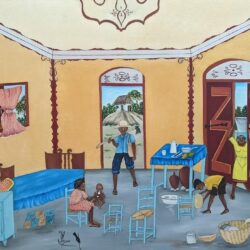
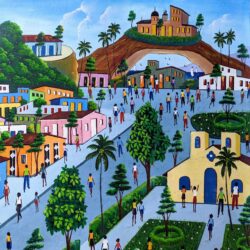

Reviews
There are no reviews yet.